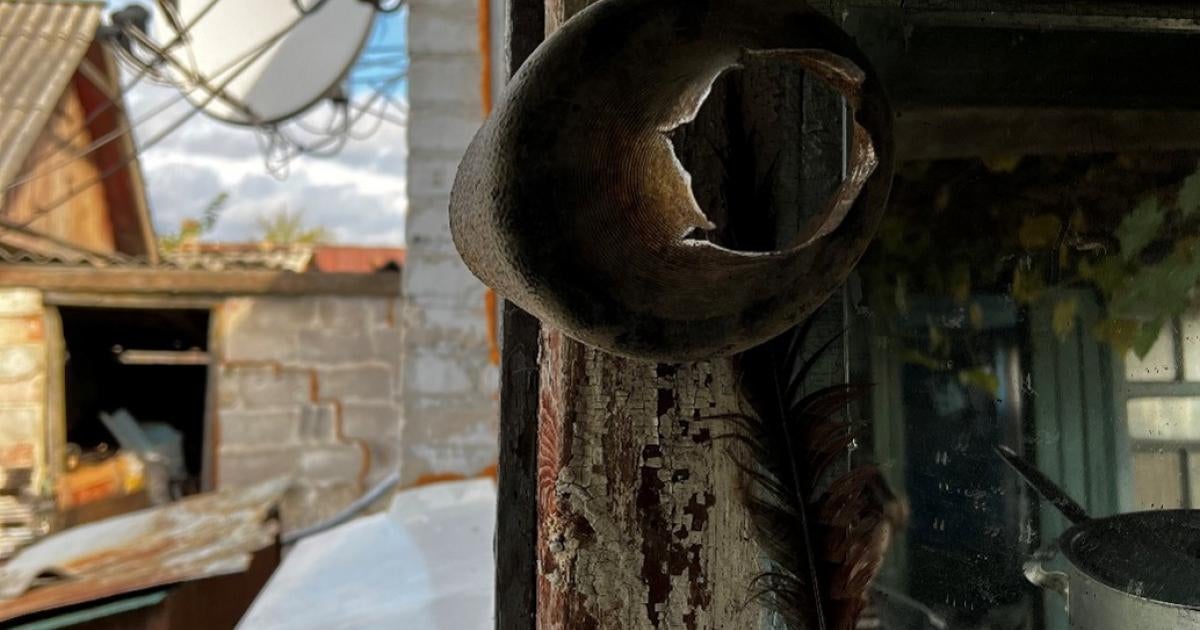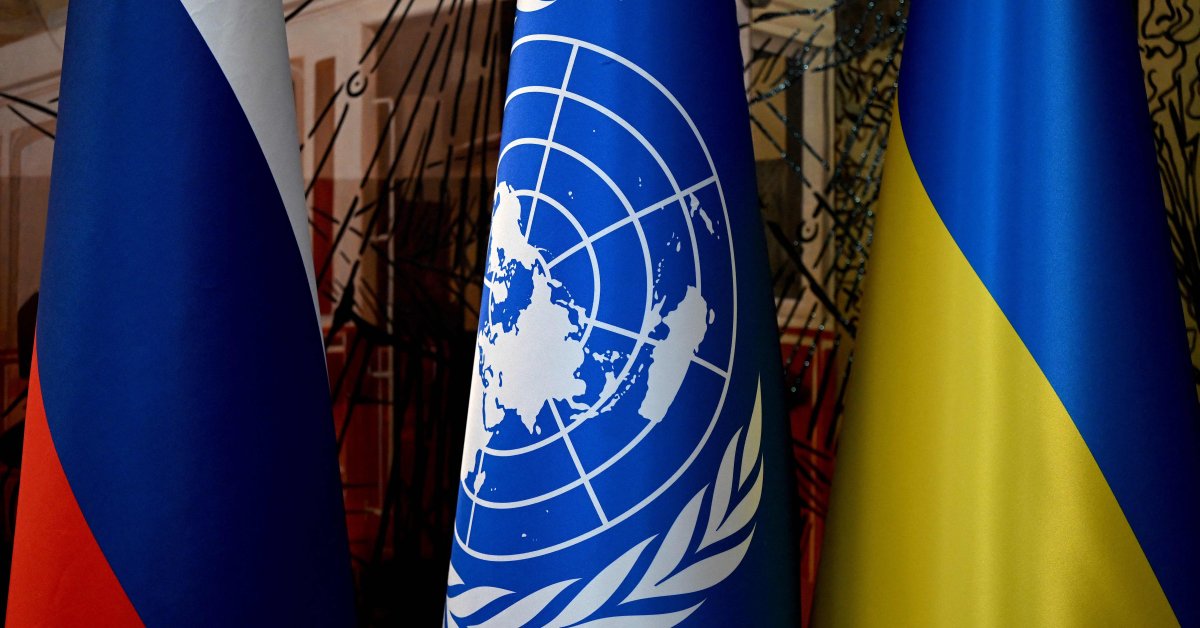The condemnation of these weapons is understandable. They’ve been known to lead to a number of civilian deaths in numerous countries within Africa and the Middle East. In particular, cluster weapons have been a terror
in Syria, where at least 1,435 civilians—including 518 children—have been killed due to their indiscriminate use. Both Russian occupying forces and the Russian-controlled regime of dictator Bashar al-Assad have blanketed cities with these weapons. Russia has used these weapons in
attacks on Ukrainian cities.
For Russia, civilian deaths due to cluster weapons aren’t a bug: They’re a feature.
The reason that cluster shells have developed such an evil reputation and have become such a source of misery comes back to two things: how Russia is using them, and how Russia is building them. Not only is Russia deploying these weapons in urban situations where the “bomblets” inside each shell are more likely to be encountered by civilians, but the Russian shells have a high rate of “duds” which fail to explode when deployed, yet can still go off when disturbed at a later date. There have even been reports of Russia deliberately coloring the bomblets so that they look like toys, encouraging children to pick them up. The deaths and injuries from these weapons are real.
However, there are legitimate reasons why these weapons were developed and why they can still be necessary on the battlefield. That’s because they are highly effective in dealing with military forces that are dug into defensive positions.

www.hrw.org




/cloudfront-us-east-2.images.arcpublishing.com/reuters/EUHVQWWEAZJSJHP2LY76AP3TBA.jpg)









